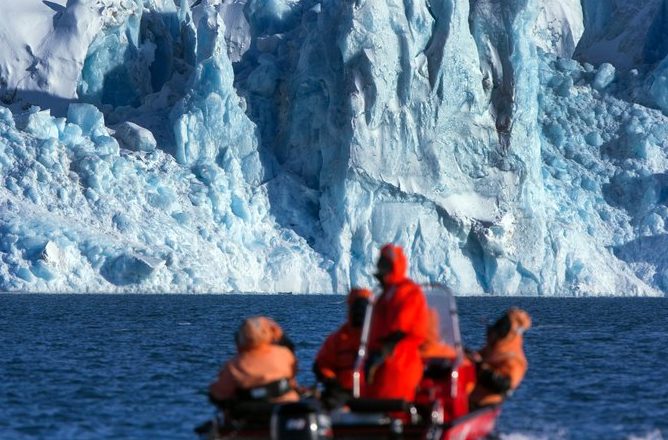The extreme weather patterns of recent weeks will become worse as ice sheets on both poles continue to melt, a new study published on Thursday says.
The weather has led to parts of Europe and North America covered in snow and ice while wildfires raged in a blistering hot Australia.
“We will start to see more of this recent extreme weather, both hot and cold — with incredibly disruptive effects for agriculture, infrastructure, and human life itself.
“This is not accounted for in current global climate policies,” Nick Golledge from Victoria University of Wellington’s Antarctic Research Centre said in a statement.
The research published in Nature magazine, was led by Golledge and involving scientists from Canada, Britain, Germany and the US.
It used climate models to simulate what might happen when water from melting ice sheets in Greenland and Antarctica enters Earth’s oceans.
READ ALSO: Russia jails Jehovah’s Witness for 6 years in extremism case
The model predictions show that in some areas of the world, ocean changes would lead to more extreme weather events and greater year-to-year variation in temperatures.
In spite the cold snap in the U.S., overall temperatures were warming and under current policy settings the Earth’s temperature would increase by 3 to 4 degrees Celsius by 2100, Golledge says.
Significant amounts of melt water from both poles would cause disruption to ocean currents and change climate around the world, he added.
The study is the first to use highly detailed models of both the Antarctic and Greenland ice sheets along with observations of recent ice sheet changes from satellites, which create more accurate predictions, Golledge says.
NAN











